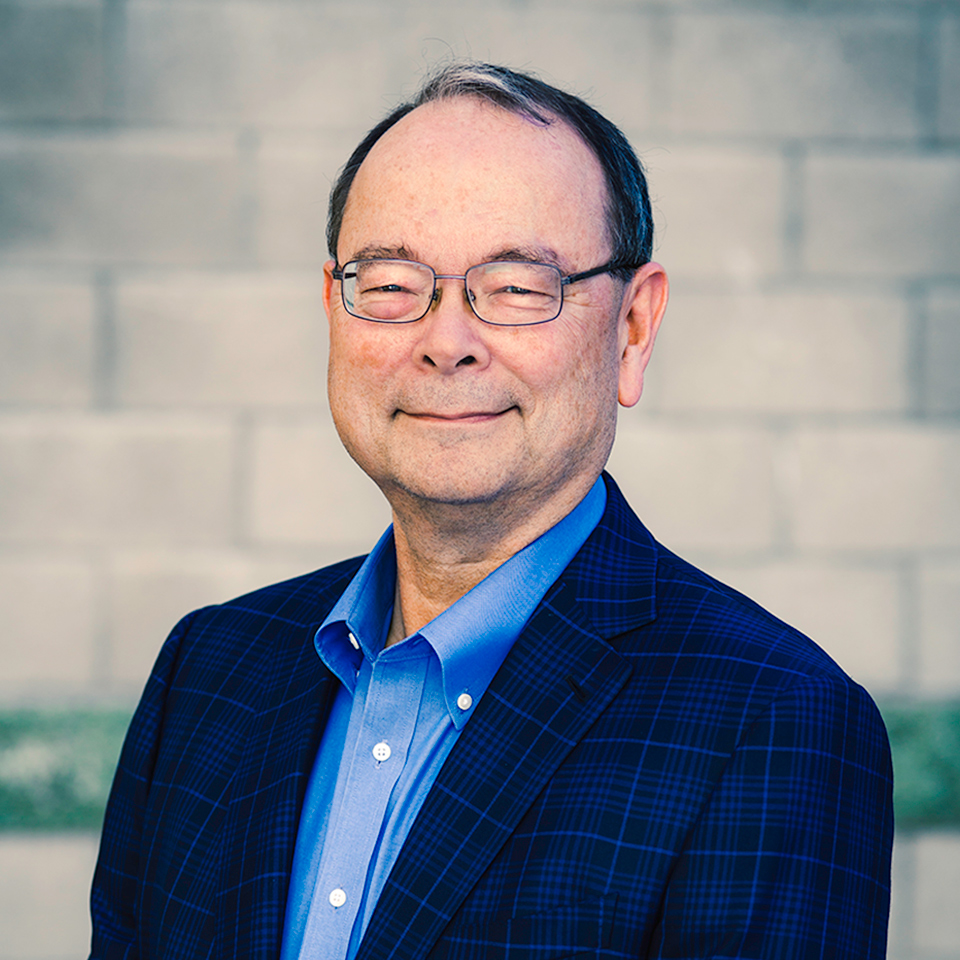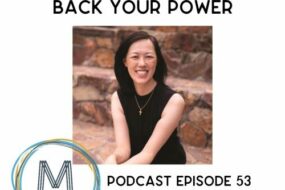December 3, 2017 • Life for Leaders
Introduction to Advent – The Christian season of Advent begins today. It is a time to renew our relationship with God as we look forward with hope to the coming of Christ. If you’d like to learn more about Advent and how to celebrate it, you might find helpful an article written by Mark Roberts, called “What is Advent?”
In the beginning was the Word, and the Word was with God, and the Word was God. He was with God in the beginning. Through him all things were made; without him nothing was made that has been made. In him was life, and that life was the light of all mankind. The light shines in the darkness, and the darkness has not overcome [or understood] it.
John 1:1-5
When I was seventeen, for the first time in my life, I walked into a church worship service. It was during the season of Advent, and the sermon for that day was based on today’s text. Coincidentally, the preacher’s name was John. I don’t remember much from the sermon other than the text itself. But I was struck then—as I am still a half century later—by the way this text makes sense of the universe in which we find ourselves. According to John’s Gospel, in Jesus Christ, the curtain has been drawn back on the nature of reality. What we find is as astonishing as it is reassuring.

By Rembrandt – http://www.hermitagemuseum.org/, Public Domain, Link
First, we find that reality is ultimately meaningful, not meaningless. In contrast to the prevailing secular culture of our day, John proclaims that there is good intention and purpose behind all that exists, both visible and invisible. Rather than seeing us lost in a universe of meaningless chance and illusory choices, our text reminds us that, “In the beginning was the Word.” This divine intention, purpose, and design (all of which are part of the meaning of John’s use of the Greek word, logos, which is translated as “the Word”) shape everything that has been made. Nothing is exempt, for “without him nothing was made that has been made.” This resonates deeply for us as human beings, as I have reflected on before.
Second, reality is ultimately personal, not impersonal. Not only is there meaning and purpose, but that meaning and purpose is not merely of impersonal origin. At the heart of the universe, according to John, we do not find just a set of mathematical equations that describe “The Theory of Everything.” Instead, we find “the Word.” And, while that “Word” has implications for the intelligibility of the universe to scientists and mathematicians, it is not reducible to such descriptions. Rather, “the Word was with God, and the Word was God.” At the core of reality, as John hints here, is a community of persons (the Trinity) into whose fellowship and work we are invited. Ultimate meaning and purpose are found in entering into relationship with this God, not in mere abstract ideas or individual self-realization.
Finally, reality is ultimately about a public, not a privatized, faith. John announces that this particular life of Jesus of Nazareth is not just an inspirational story which some people might find helpful. Instead he says, “In him was life, and that life was the light of all mankind.” John’s testimony is a public proclamation. Jesus’s life and message is meant to be life and light for all humanity, not just for an “enlightened” few. Nevertheless, this is not a life and message that will be embraced easily or without conflict. John tells us that there is darkness in the world that hasn’t “understood,” but also will not “overcome,” the light.
As today begins this season of Advent, John’s testimony is particularly timely. If you are like me, you struggle with living and leading in a public world where meaning and community are often hard to come by. We are surrounded by senseless human evil, natural disasters, physical illness, and institutional dysfunction. Most of our world seems to be in darkness. But as the prophet Isaiah prophesied millennia ago, “The people walking in darkness have seen a great light!” (Isaiah 9:2) This is the light of which John speaks in his gospel. Even as we struggle with the darkness, Advent reminds us that the light has come. In the words of the great Christmas hymn, “Hark! the Herald Angels Sing” by Charles Wesley, “Hail the heavenly Prince of Peace! Hail the Sun of Righteousness! Light and life to all he brings, risen with healing in his wings.”
CONTEMPLATION:
Take a few minutes to reflect on the attached image of Rembrandt’s The Adoration of the Magi. Who are the various figures and how are they portrayed? With whom do you identify?
PRAYER:
Lord Jesus Christ, Word of God, who was from the beginning with the Father and the Spirit, we are grateful that you created all things visible and invisible, not out of necessity, but out of love.
Thank you that, in your great love, you create, sustain, and care for the universe with its seemingly endless variety. We are especially grateful in our day to discover previously unimaginable planets, stars, and galaxies in the heavens above, and untold living creatures, small and great, in the earth below. Thank you for the privilege of giving witness to your glory and of offering that creation back to you in praise.
Thank you also for your light when we see darkness all around us. Help us to see your life and light as it shines in that darkness. May your life and light transform us into faithful children of light.
We ask in your name. Amen.
Explore more at the Theology of Work Project online commentary: In the Beginning was the Word (John 1:1-18)

During his adult life, Uli Chi has lived and worked in the intersection between business, the academy and the church. He has had the privilege of serving as past Board Chair of Regent College in Vancouver, BC, as current Vice Chair of the Board of the Max De Pree Leadership Center at Fuller Seminary, and as current Chair of the Executive Committee of the Center for Integrity in Business at Seattle Pacific University. He has also been involved in all aspects of local church leadership, including as a member of the adult ministries team’s teaching faculty at John Knox Presbyterian Church in Seattle.
Click here to view Uli’s profile.




